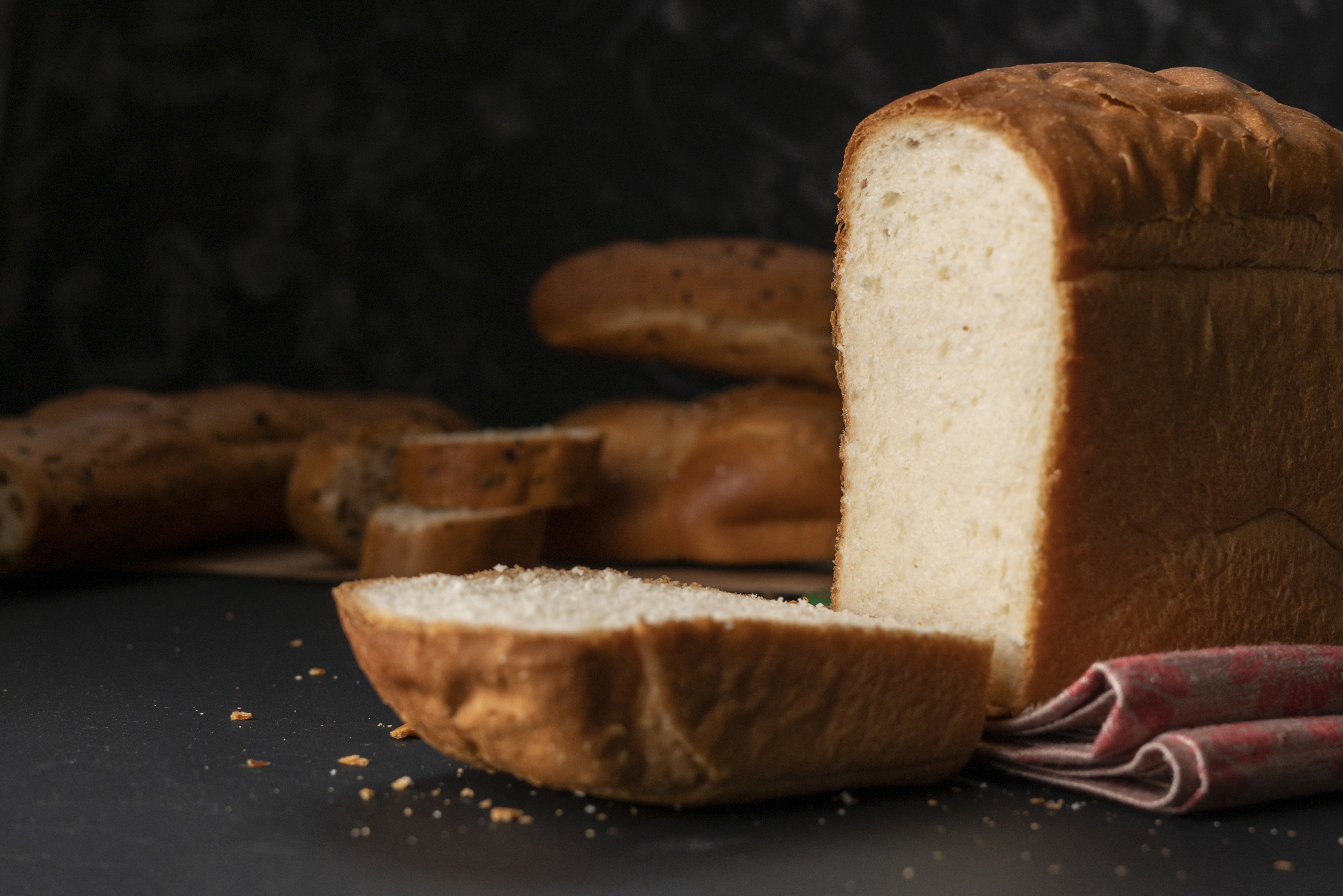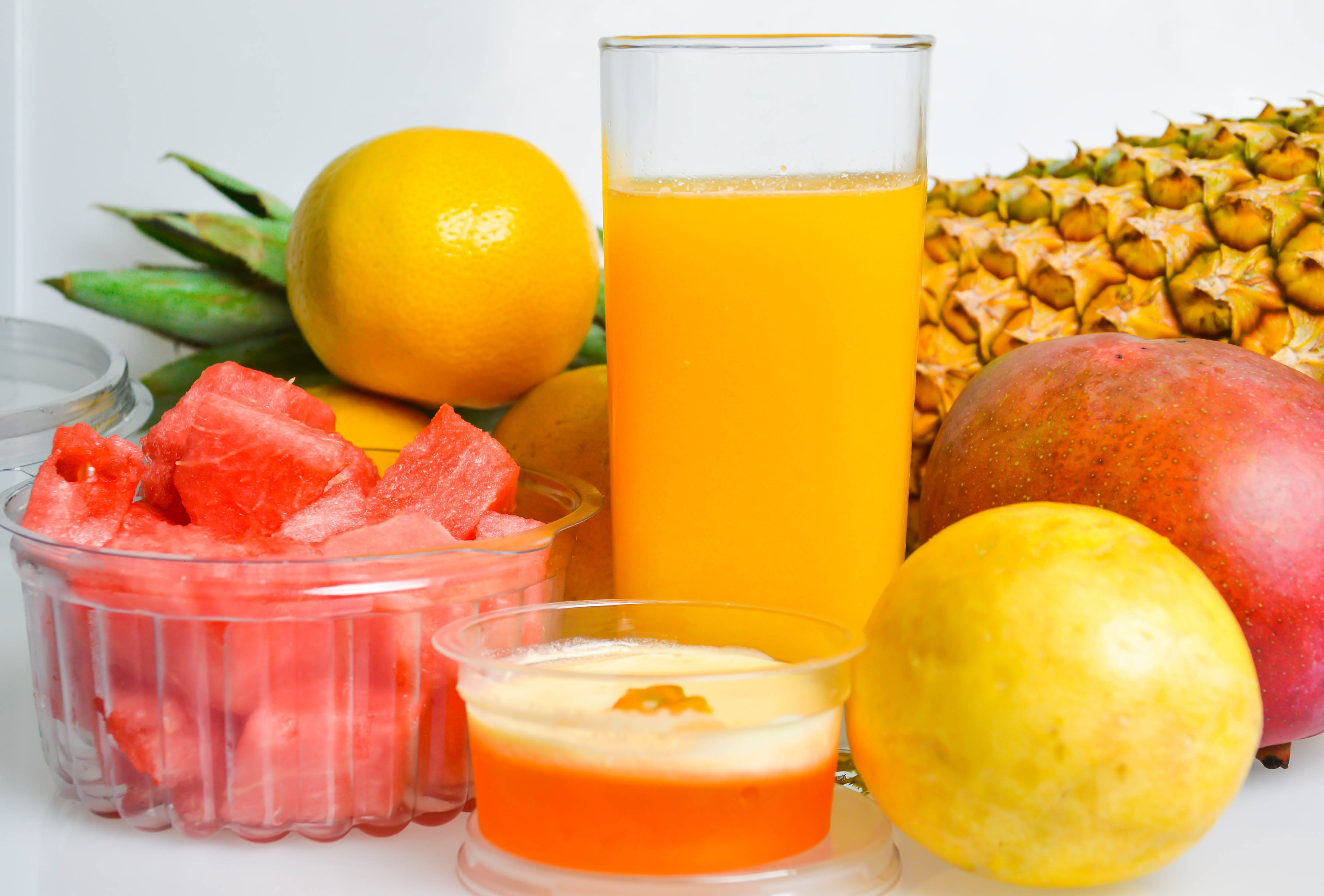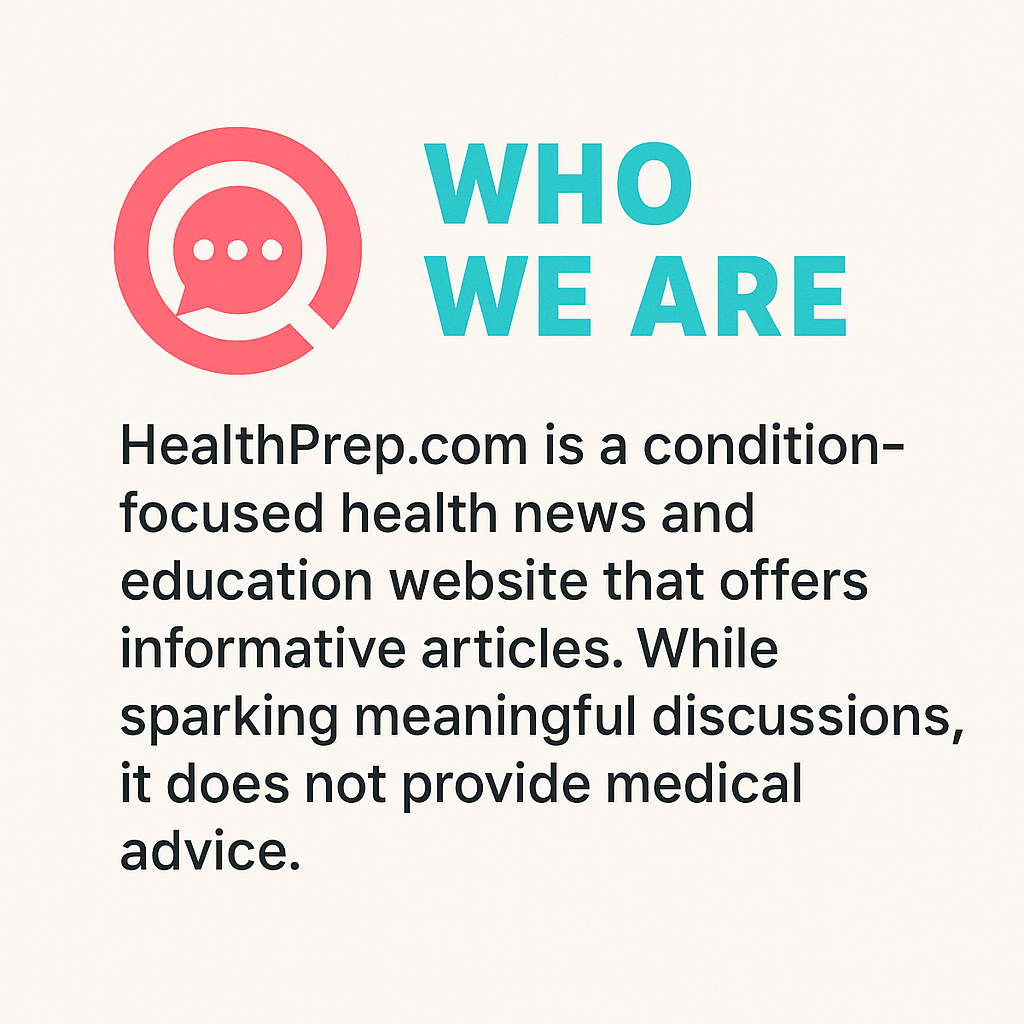11 Shocking Foods Spiking Your Blood Sugar If You Have Diabetes
Managing blood sugar levels is a critical aspect of living with diabetes, requiring careful planning and awareness of dietary choices. While many are aware of the obvious sugar-laden foods to avoid, there exists a category of unexpected foods that can quietly affect blood glucose levels. These hidden culprits often sneak under the radar, making diabetes management even more challenging. This article will delve into 11 such shocking foods, exploring how they impact blood sugar and offering insights into how to manage their consumption. By understanding these foods, individuals can better navigate the complexities of diabetes management, creating a dietary plan that works best for them. Let's dive in!
1. The Role of White Bread and Refined Grains

White bread, along with other refined grains, is a staple in many diets around the world. However, these foods can significantly impact blood sugar levels due to their high glycemic index (GI). The process of refining grains removes fiber, which is essential for slowing down the digestion and absorption of carbohydrates. Without this fiber, the body quickly converts these foods into glucose, causing a rapid spike in blood sugar levels. For those managing diabetes, it's crucial to recognize the impact of these refined grains and consider healthier alternatives like whole grain or multigrain breads, which have a lower GI and provide more nutrients and fiber.
2. The Sugar in Fruit Juices

Fruit juices are often perceived as a healthy choice, packed with vitamins and antioxidants. However, they can be deceptive for those managing diabetes. Unlike whole fruits, juices lack fiber, which is crucial for moderating sugar absorption. Moreover, many commercial fruit juices contain added sugars, further exacerbating their impact on blood glucose levels. Even freshly squeezed juices can cause spikes due to the concentrated sugar content. For diabetics, it's important to consume whole fruits instead of juices, as the fiber content in whole fruits helps slow down sugar absorption and provides additional health benefits.
